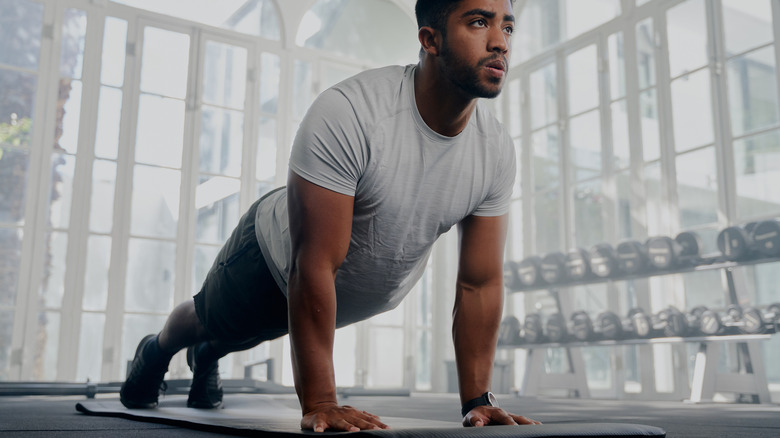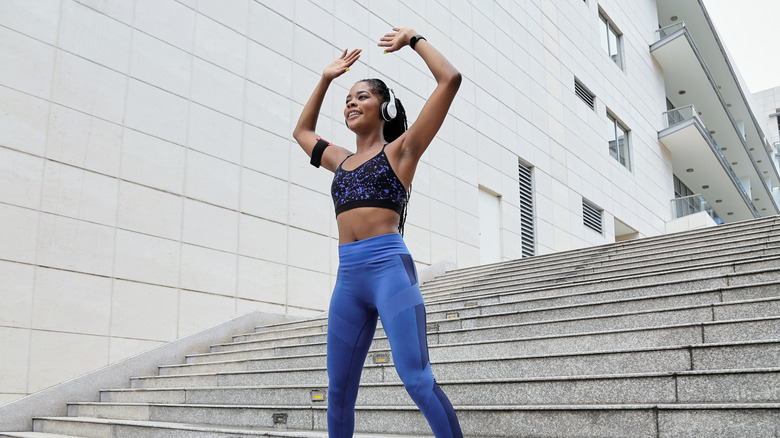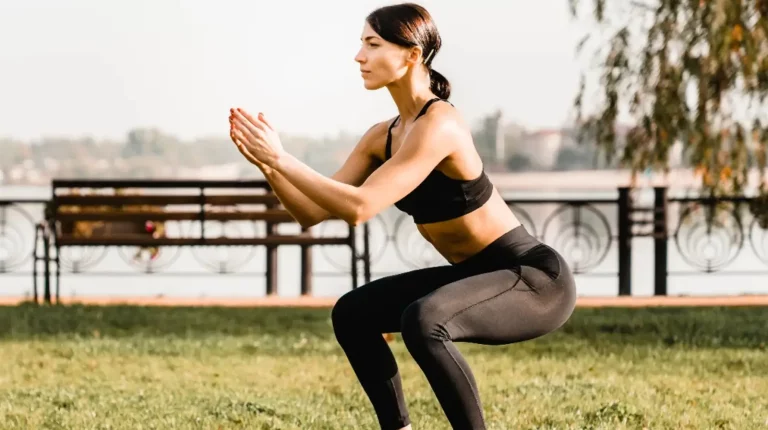
Your old workout routines may have included countless crunches and oblique crunches in an attempt to sculpt your core. However, you may have realized that planks are a more efficient and effective method for building core strength. Unlike crunches, which mainly target the rectus abdominis (the “six-pack” muscle), planks engage a broader range of core muscles, enhancing overall stability and endurance.
Regardless of how strong your core is, those muscles may remain hidden beneath a layer of fat. While you can strengthen specific muscle groups, spot-reducing fat in targeted areas isn’t possible. To reveal those muscles, you need to increase your heart rate and burn calories.
This is where dynamic variations such as shoulder taps become beneficial. A standard plank is an isometric hold and may not significantly elevate your heart rate alone. However, incorporating shoulder taps requires your body to resist rotation and maintain balance while performing quick, controlled movements. This not only challenges your core more deeply but also raises your heart rate, aiding in fat burning. Coupled with a healthy diet and at least 30 minutes of moderate-intensity exercise on most days, these movements can help reduce stubborn belly fat.
How to do a shoulder tap

A standard plank involves your forearms on the floor, whereas shoulder taps begin in a high plank position (similar to the top of a push-up). This setup might be more comfortable if a traditional forearm plank is tough on your shoulders or elbows. If the full plank position is too difficult at the moment, feel free to drop to your knees. Ensure you maintain a straight line from your thighs to your shoulders, avoiding bending at the hips.
To effectively engage your shoulders and upper back, press the floor away and let your shoulder blades move apart, creating a slight dome in your upper back. To avoid neck strain, keep your head aligned with your spine. For added stability, consider widening your feet.
With your torso as steady as possible, lift your right hand to tap your left shoulder. Your body will naturally want to shift to the right, but resist this by using your core to maintain stability. Return your right hand to the floor, then tap your right shoulder with your left hand. Continue alternating for 45 seconds to a minute, then rest. To increase the challenge, bend your knees like you’re setting up for a bear crawl, hovering them just an inch or two above the floor.
Shoulder taps alone won’t shrink belly fat

If you’re familiar with the fitness world, you know the truth: no single exercise can target fat in just one area. Burning fat, especially belly fat, requires a combination of exercises that engage major muscle groups and elevate your heart rate for at least 30 minutes to burn calories. This doesn’t mean you need a gym full of equipment. You can achieve an effective, fat-burning workout at home by pairing shoulder taps with other high-intensity, bodyweight exercises.
Try this circuit that alternates between standing and floor-based moves. Begin with a full-body warm-up of jumping jacks for 45 seconds. Then, drop to the floor for 45 seconds of shoulder taps. Rest for 15 seconds, then stand up and perform 45 seconds of squat jumps. On the floor again, flip over and do 45 seconds of hip bridges. Next, spike your heart rate with 45 seconds of your preferred burpee variation, followed by the lower-intensity crab walk for 45 seconds (here’s how to do a crab walk). After a brief rest, repeat the circuit by starting again with jumping jacks, experiencing the burn from head to toe.
“`




